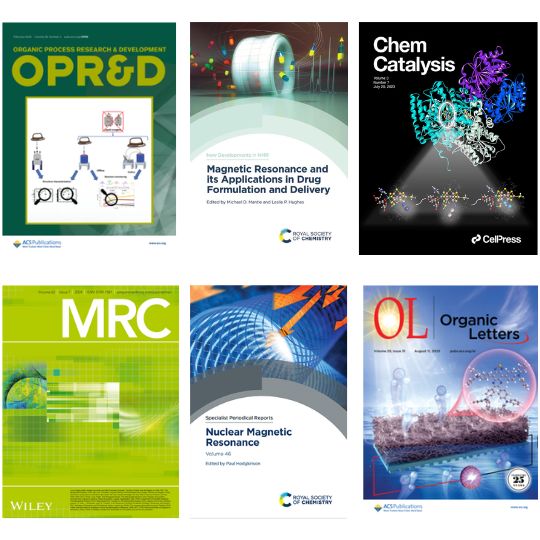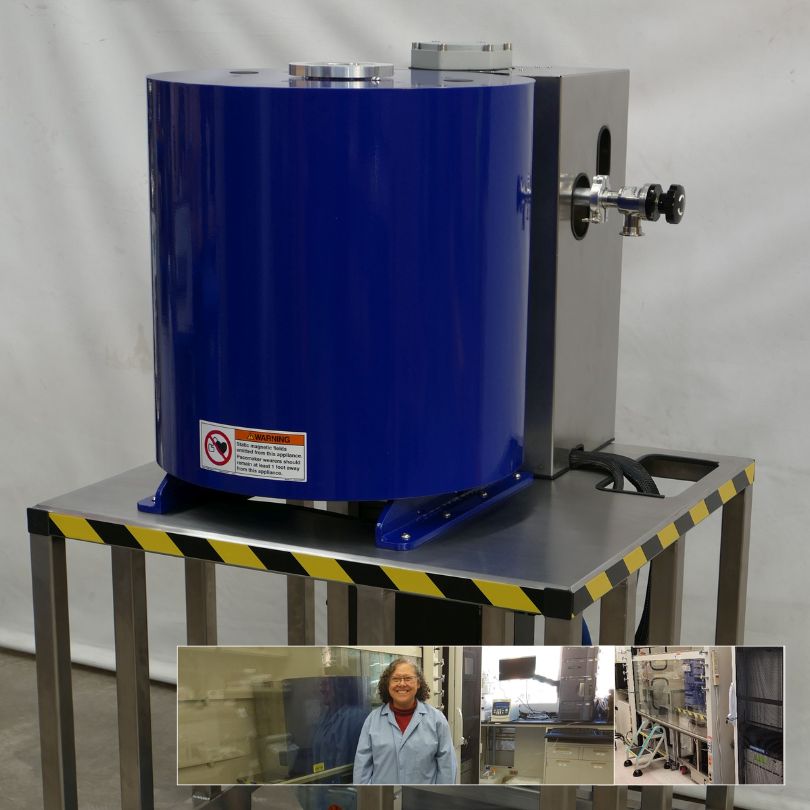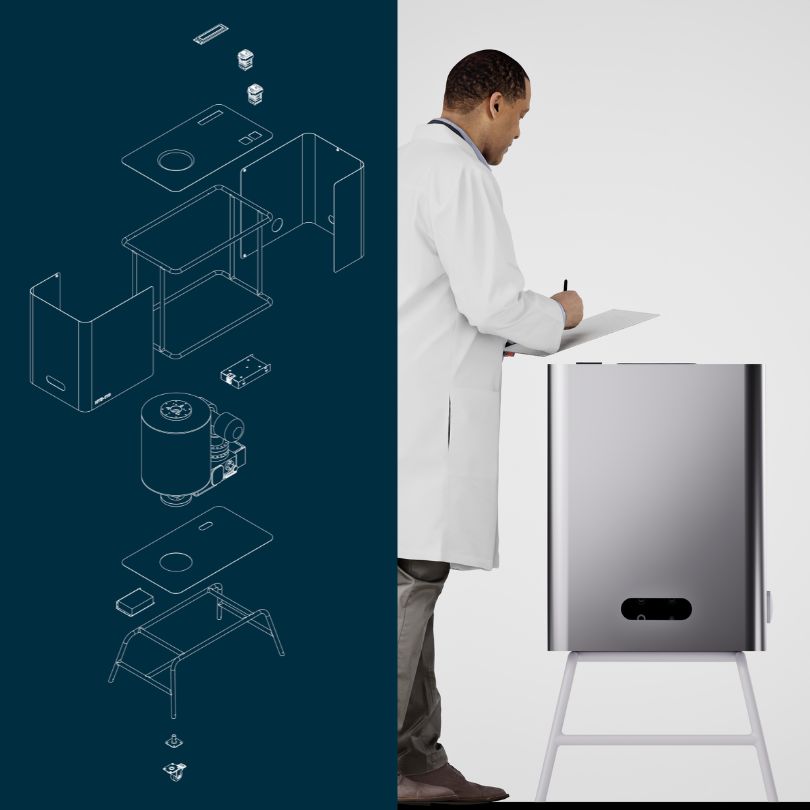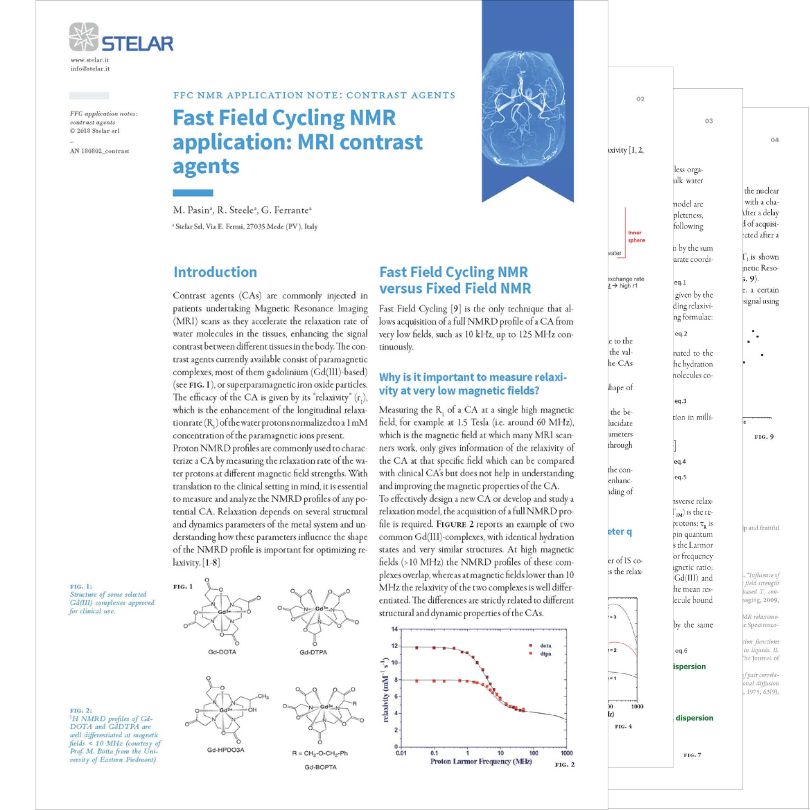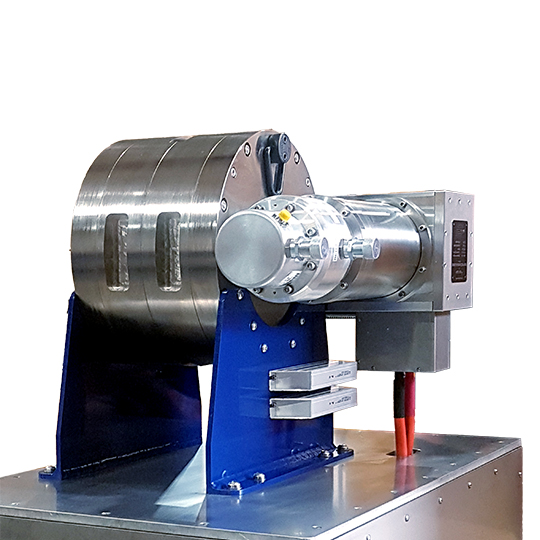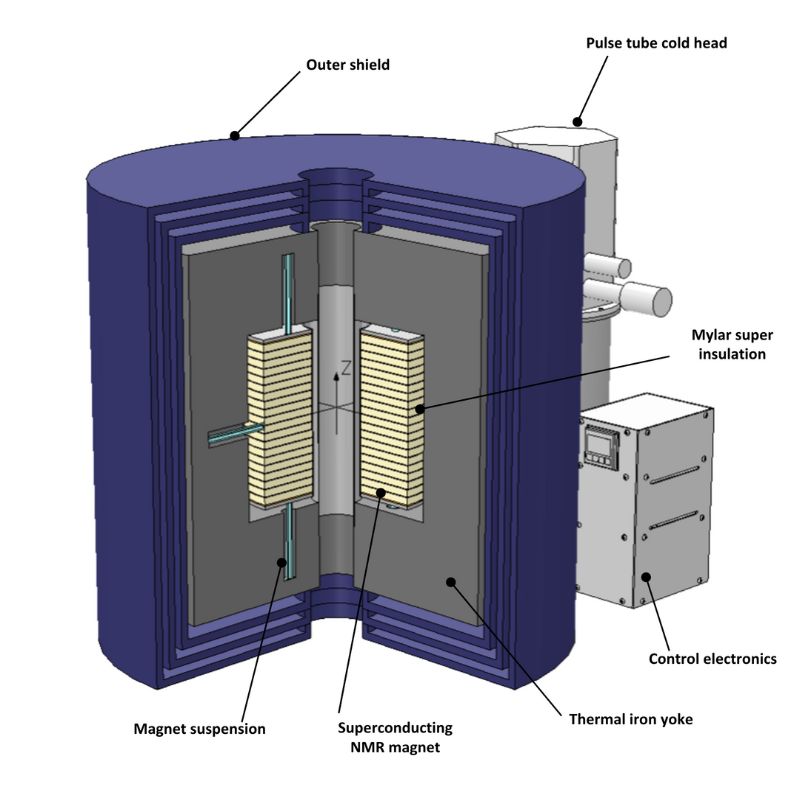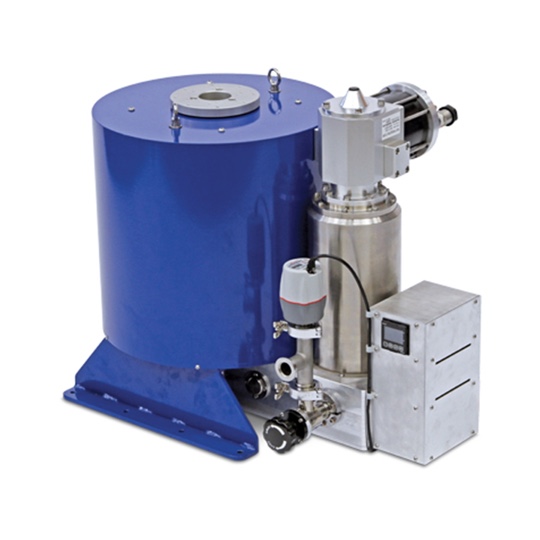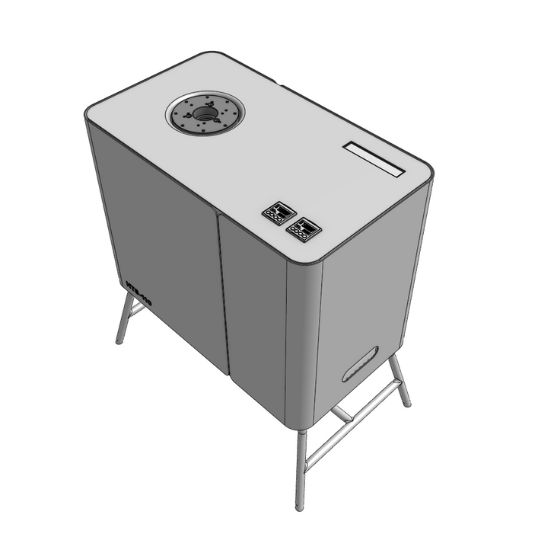NMR spectroscopy stands as a cornerstone technique for molecular structure elucidation, reaction monitoring, and quality control. While HTS materials are also crucial for pushing research magnets beyond 1 GHz using helium-cooled hybrid designs, HTS-110 focuses on leveraging HTS technology to create highly practical, cryogen-free systems in the mid-field range (e.g., the ¹H 300 MHz (7 T) and 400 MHz (9.4 T) frequency systems). These systems offer significant performance and capability advantages for NMR applications.
High-Resolution & Sensitivity. HTS magnets provide robust, uniform fields. Higher magnetic fields (B0) intrinsically increase both sensitivity (signal-to-noise ratio scales approximately between B0 and B01.75 and resolution (signal separation via chemical shift dispersion increases linearly with B0). This allows researchers to resolve subtle molecular features, monitor molecular dynamics, and study molecular interactions in real time. The stable fields minimize line broadening, enabling detailed molecular structural analysis.
Reaction Monitoring. HTS magnets make real-time, in situ reaction monitoring feasible, revealing intermediate species or reaction kinetics with high sensitivity. This is crucial for process optimisation and quality assurance (PAT) in industries like pharmaceuticals, biofuels, and fine chemicals.
Achieving Field Stability. Addressing the inherent screening currents in HTS tapes, which can influence field homogeneity and temporal stability, requires sophisticated magnet design. HTS-110 systems achieve the necessary sub-ppm homogeneity through a combination of passive shimming (typically < 5 ppm bare magnet uniformity), compatibility with standard active electric shim sets, and precise active control via high-stability power supplies and standard NMR field locks. Unlike traditional LTS magnets operating in a highly stable ‘persistent mode’ (closed superconducting loop), these HTS systems operate in ‘driven mode,’ relying on continuous control. This actively driven approach, combined with standard locks, has been successfully validated for high-resolution spectroscopy and demanding Process Analytical Technology (PAT) applications in industrial pharmaceutical laboratories.
